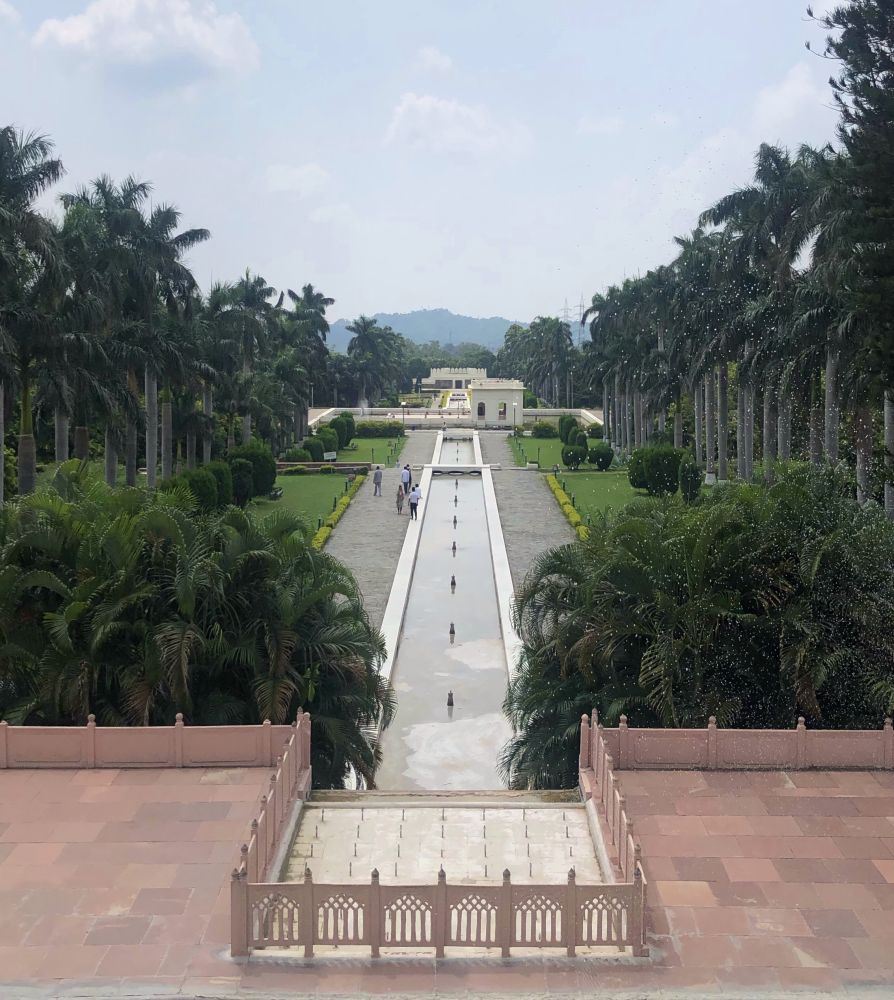

Located in the majestic land of Chandigarh, the Pinjore Gardens, also known as Yadavindra Gardens, is a spectacular Mughal-style garden that invites visitors to embrace the confluence of history, culture, and natural beauty. Created in the 17th century during the reign of Aurangzeb, the garden's layout follows the traditional pattern of Mughal architecture.
The history of Pinjore Gardens is deeply rooted in the Mughal era, attributed to the Patiala Dynasty, and it has been said that it was designed by the Nawab Fidai Khan, the architect and foster brother to Aurangzeb. Later, the gardens came under the East Punjab Government after the partition of India and were renamed after Maharaja Yadavindra Singh of the former princely state of Patiala. Over the years, it has attracted countless visitors with its tiered gardens, captivating water features, and the grandeur of the Shish Mahal and Hawa Mahal located within its precincts.
This seven-terraced garden boasts a display of lush greenery, refreshing waterways, and mesmerizing fountains. At the heart of the Pinjore Gardens lie the central waterway highlighted by beautiful fountains and lined with trees, offering a regal ambience that transports visitors through time. Additionally, the gardens house a mini zoo, a historic palace, a Japanese garden, a nursery, and a number of picnic spots, catering to a range of interests.
Tourism at Pinjore Gardens has thrived over the years. From a regional attraction, it has transformed into a sought-after global destination, contributing to the state's tourism sector significantly. The annual Mango Festival and Baisakhi Festival are popular events that draw crowds from near and far, bringing life and festivity to the gardens. It is not just the garden's history and beauty that attract visitors but also the effort put into maintaining and showcasing the rich cultural heritage of the region.
The visitor experience at Pinjore Gardens has been enhanced with the addition of modern facilities, including well-maintained walking paths, guides to recount the gardens' history, illuminating night views, and an array of eateries offering local and international cuisine. Furthermore, the management has developed an eco-friendly environment, upholding the garden's natural aesthetics and promoting sustainable tourism practices.
In recent years, there has been a noticeable shift towards experiential tourism, with visitors looking for interactive and immersive cultural experiences.
In conclusion, Pinjore Gardens continues to be a shining jewel in the crown of Chandigarh's tourism attractions, inviting travelers from across the globe to witness its timeless beauty and immerse themselves in its historical legacy.